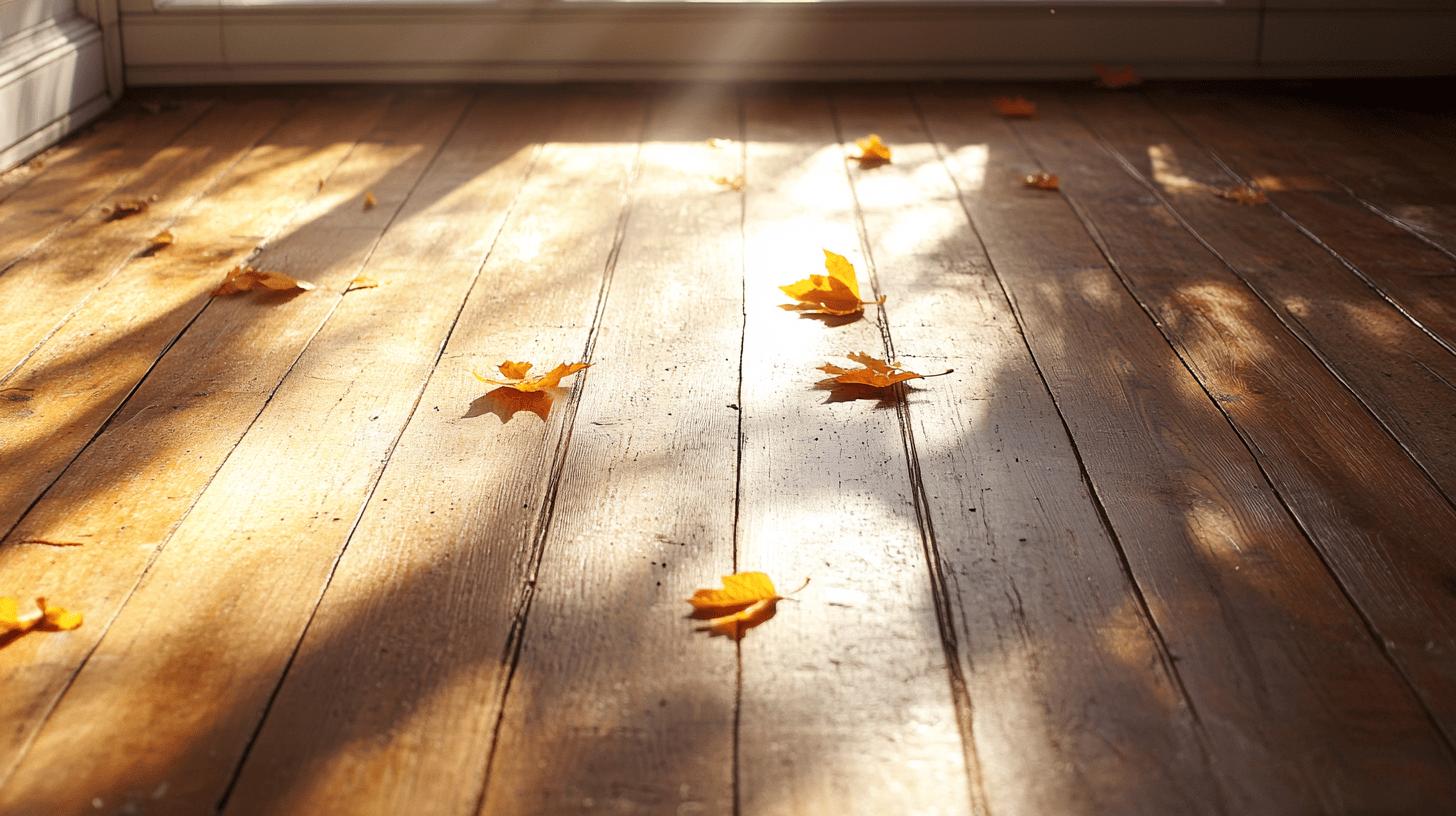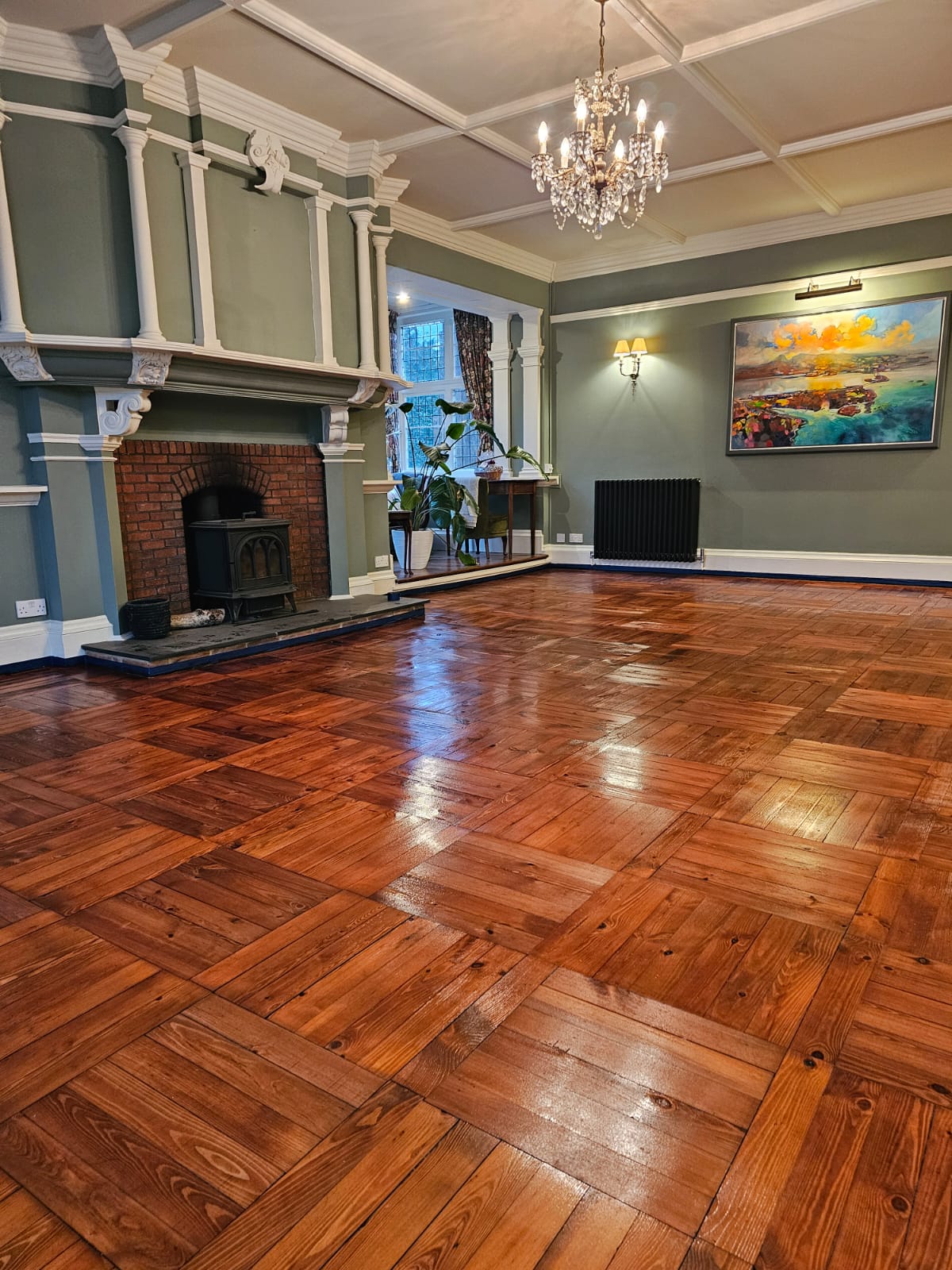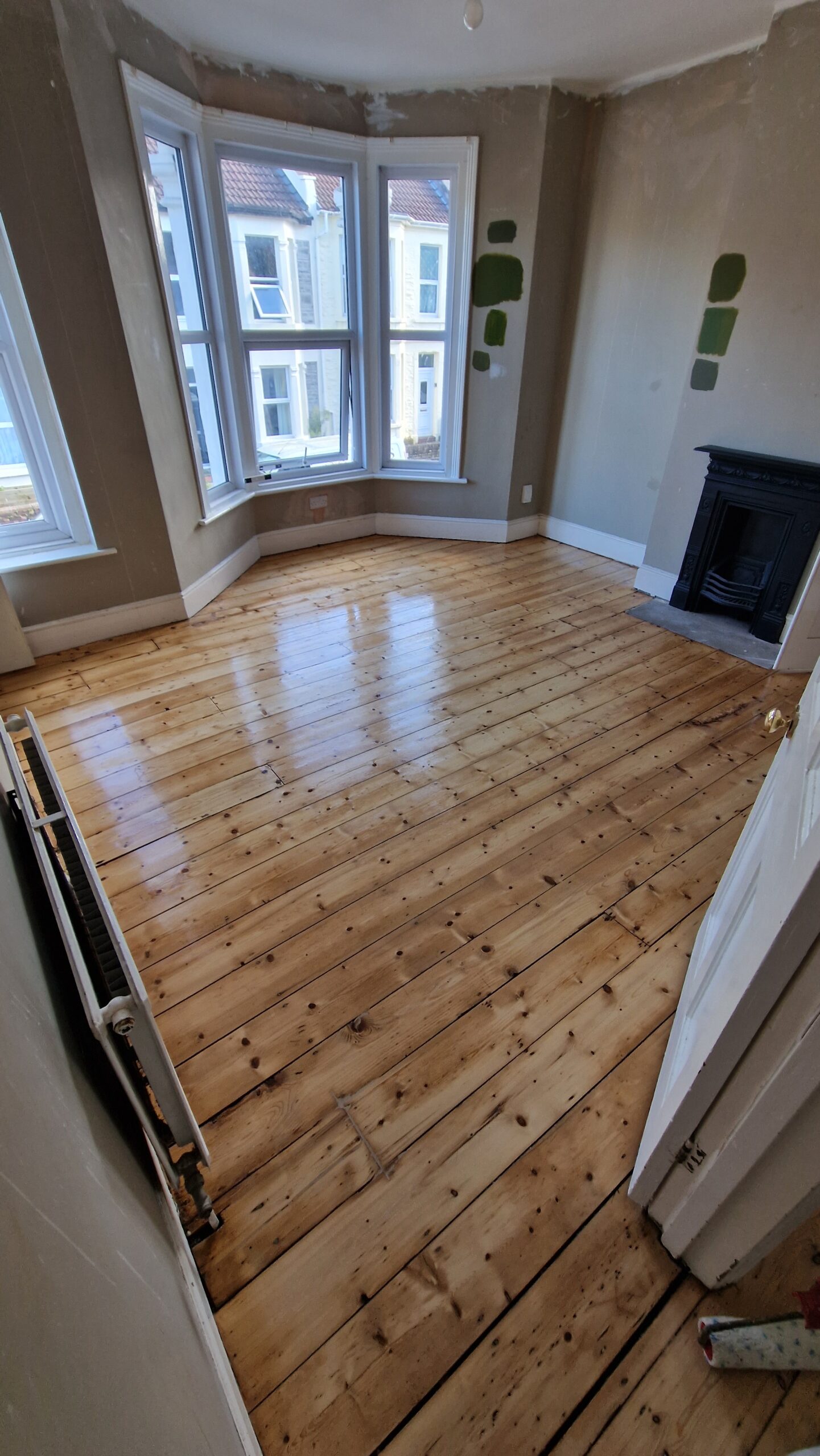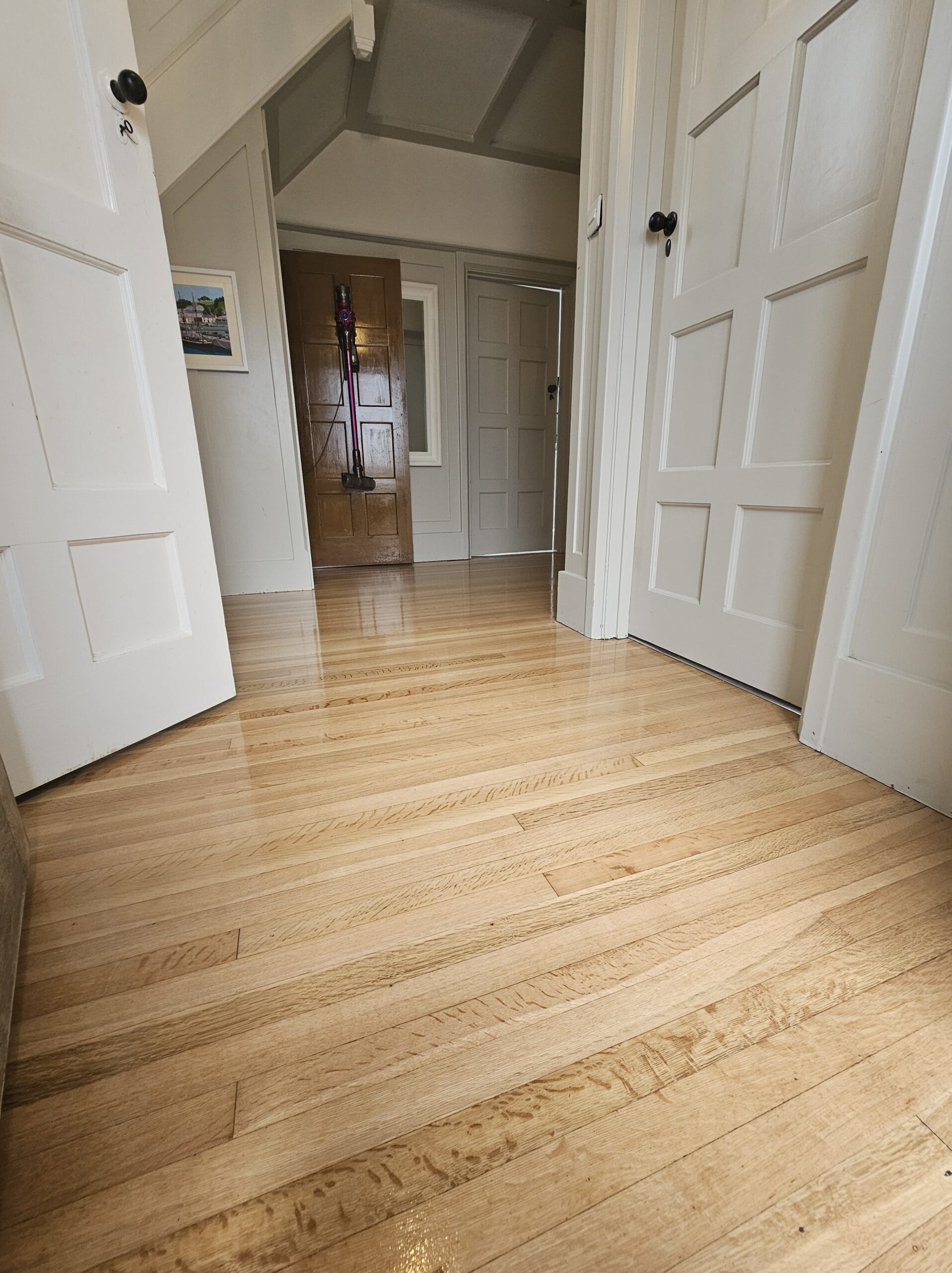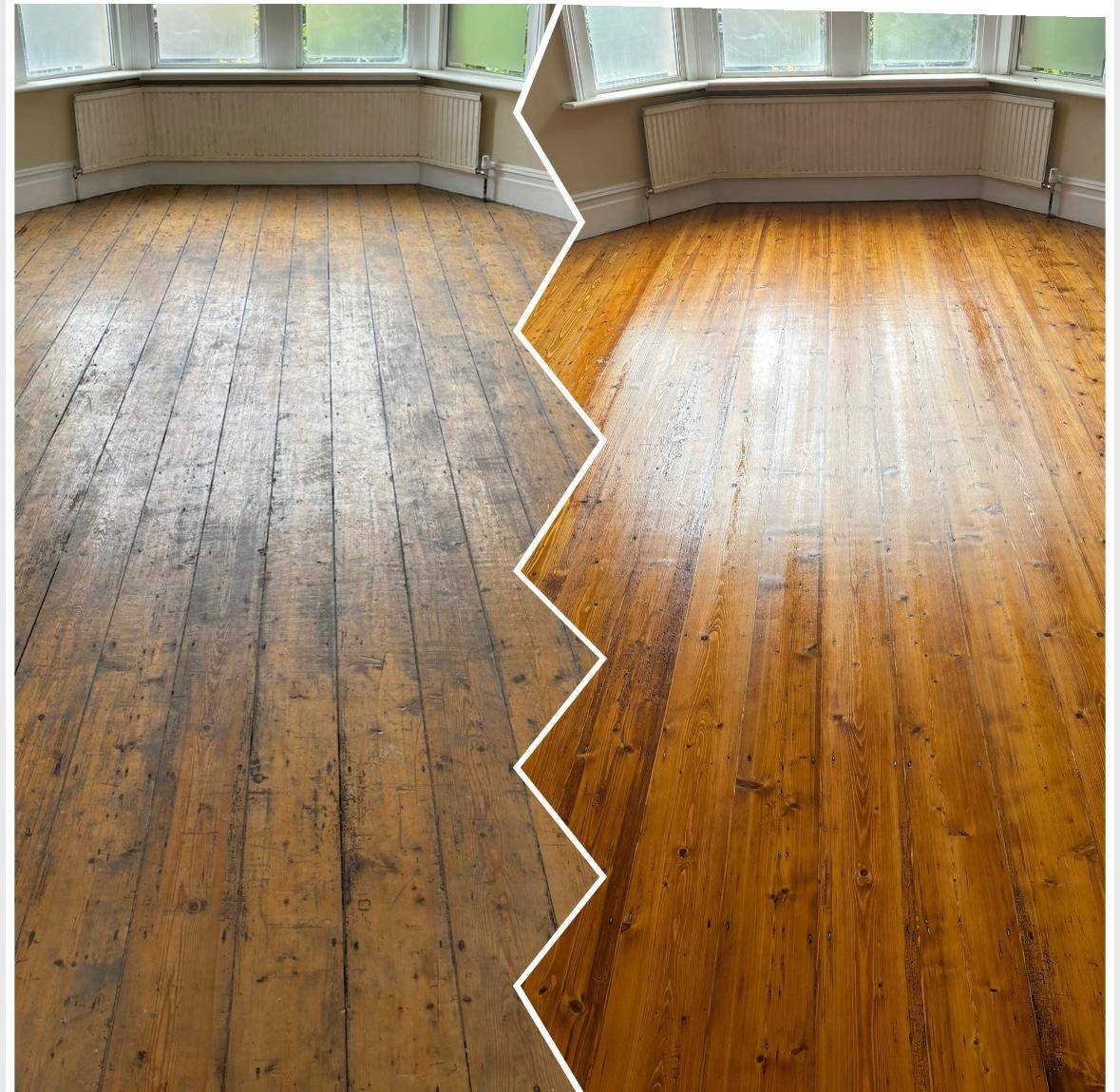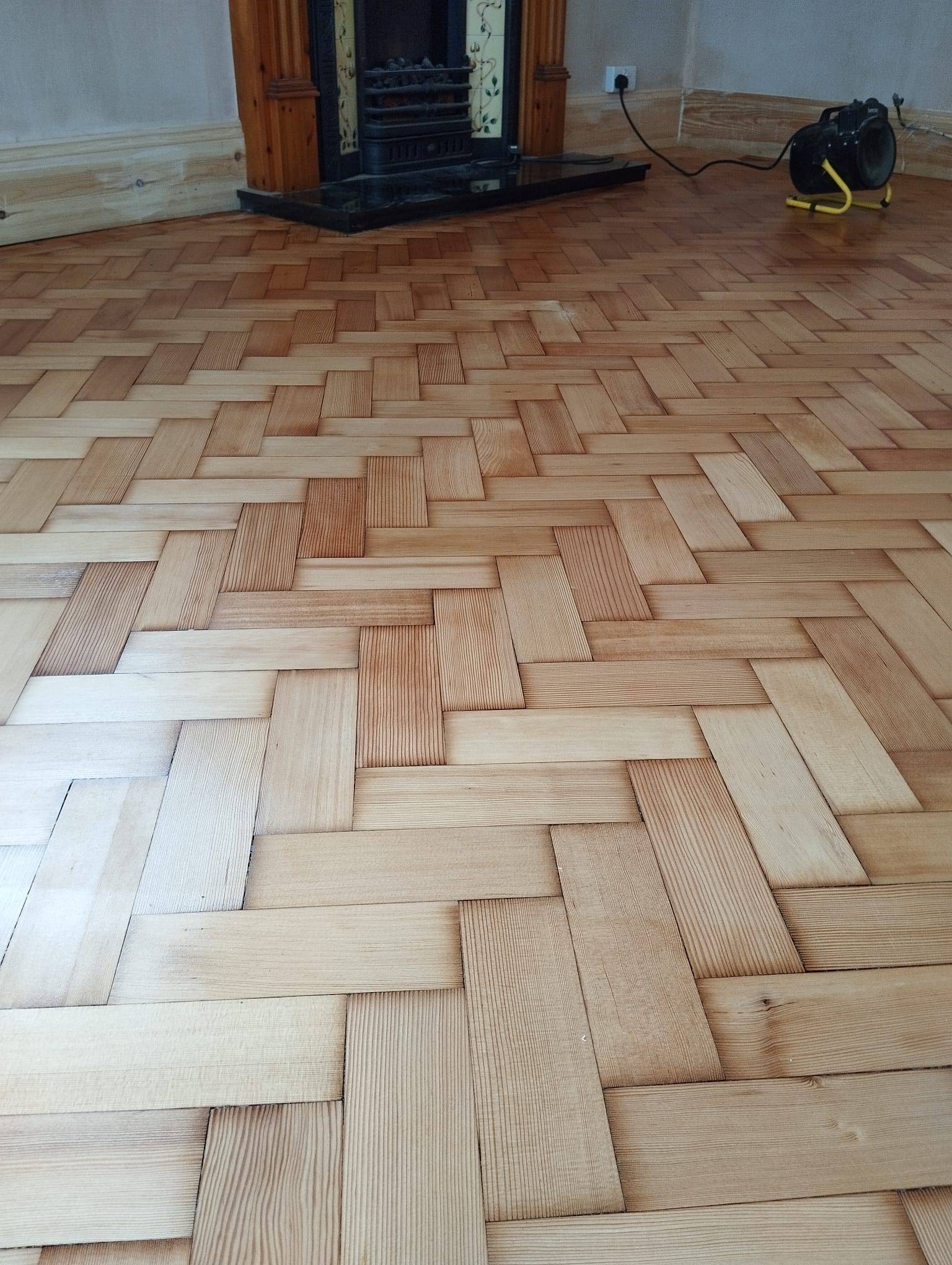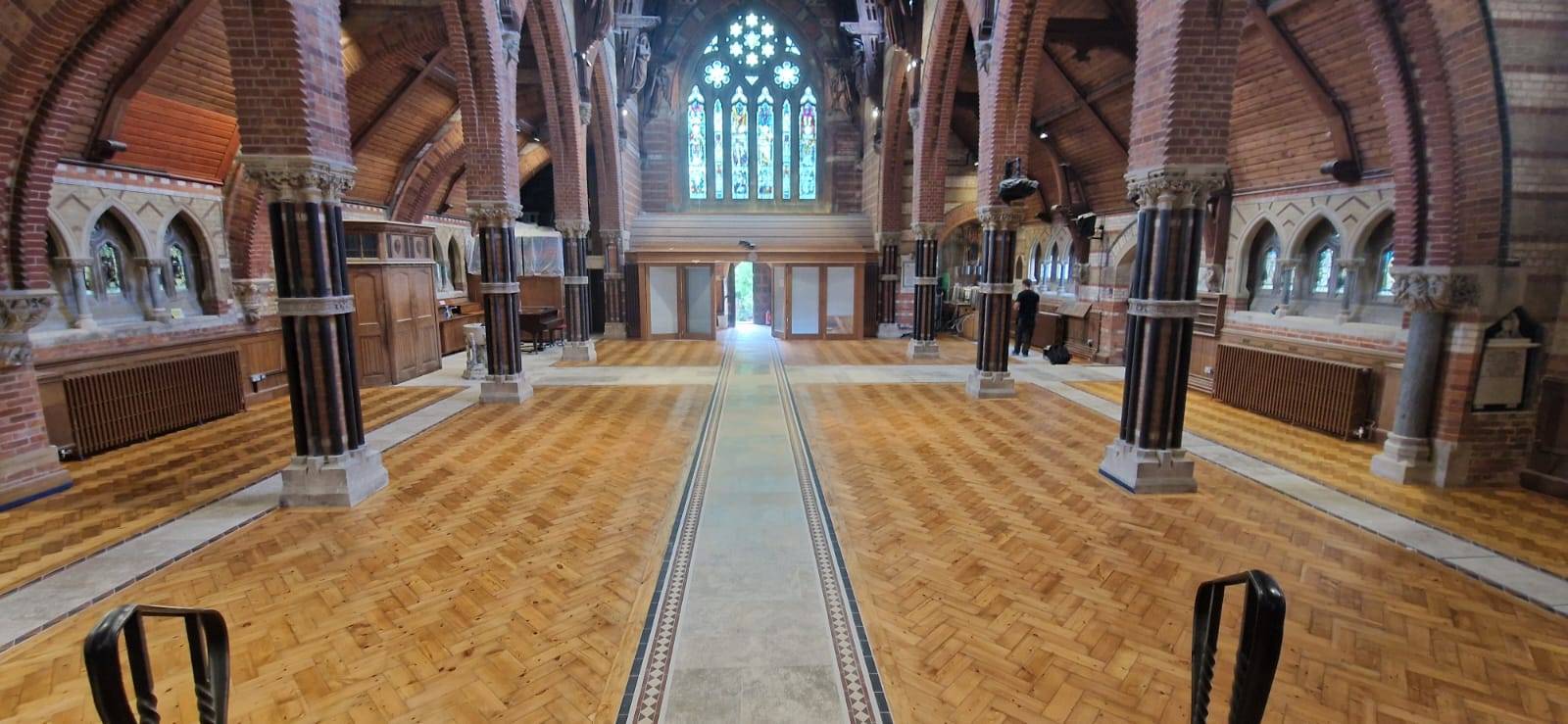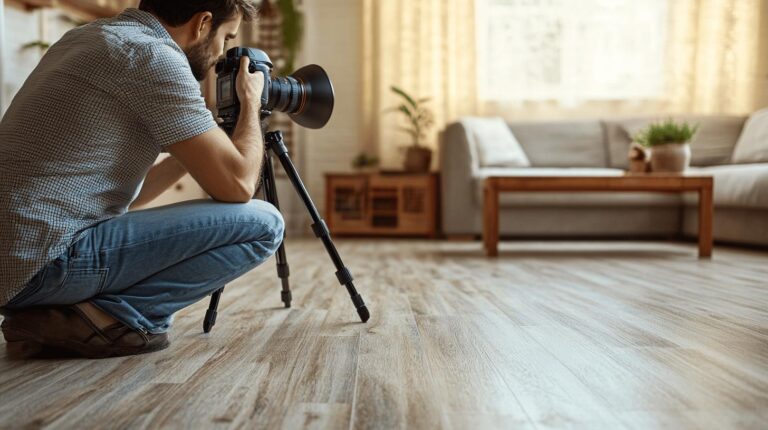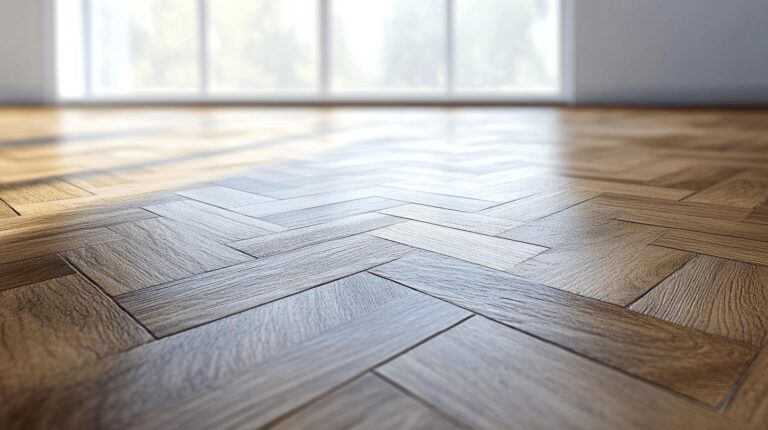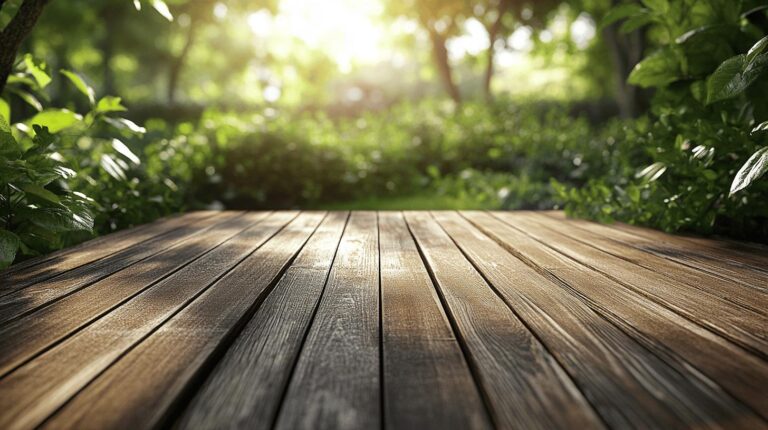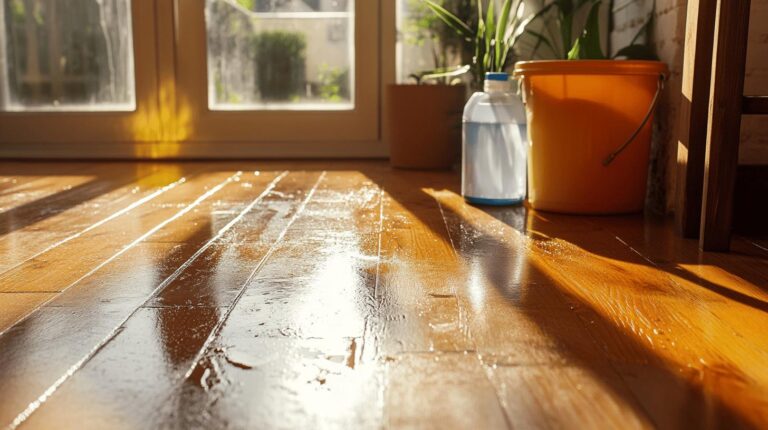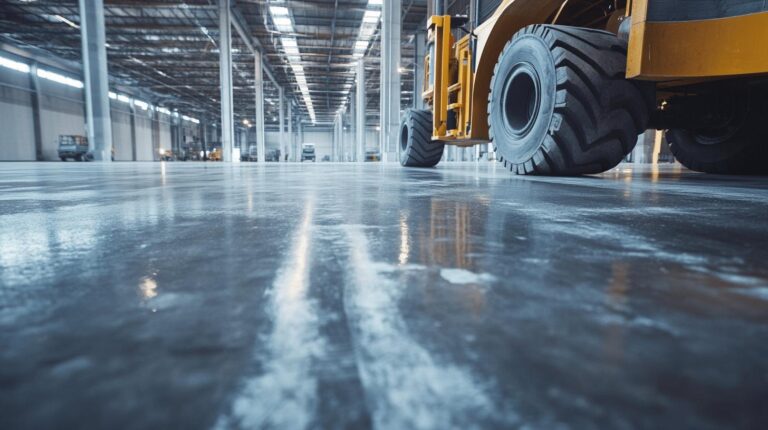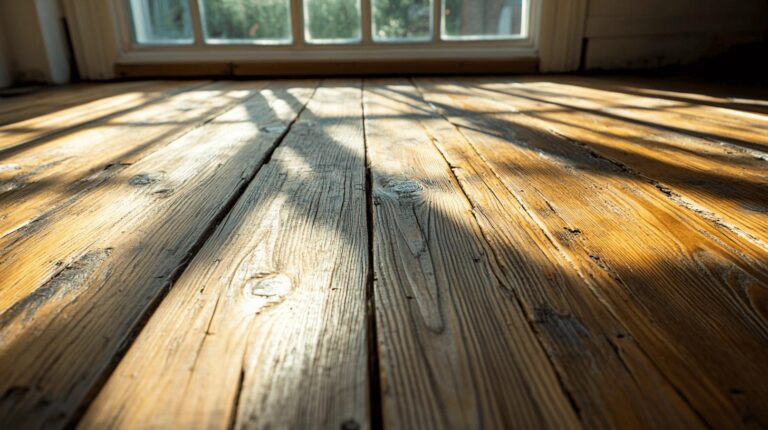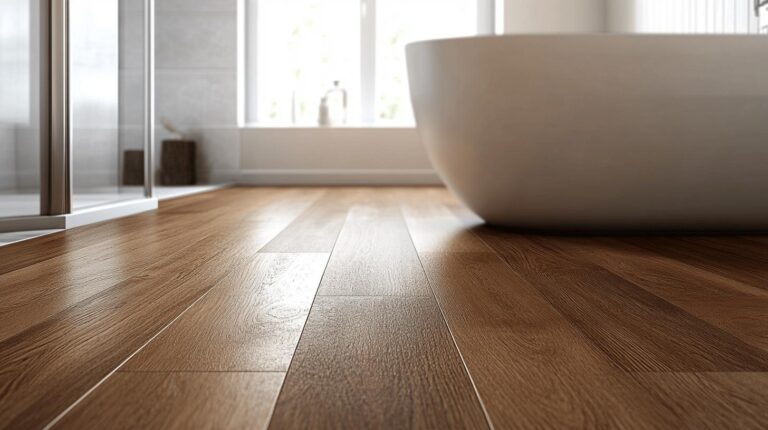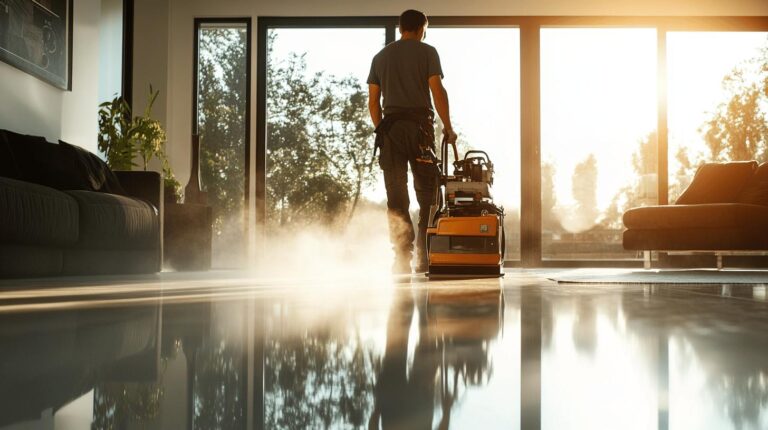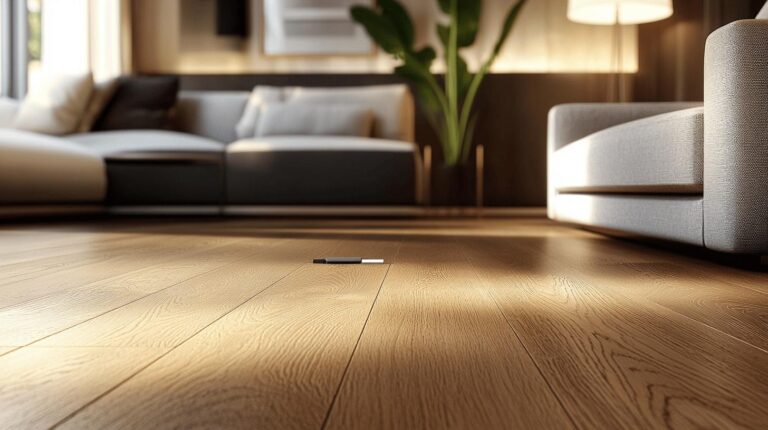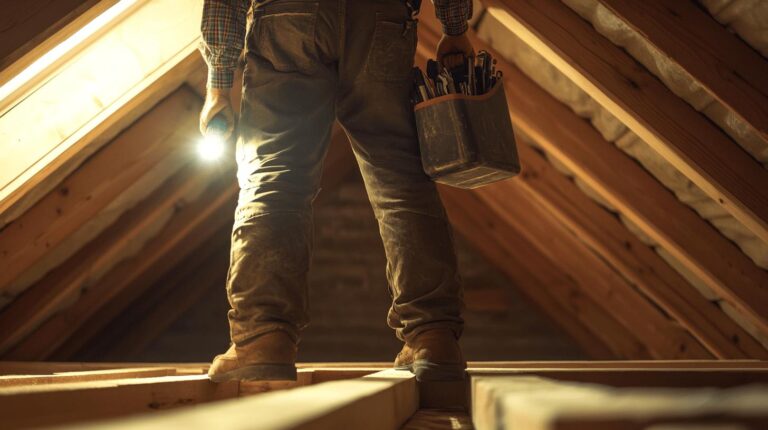Is your wood floor secretly suffering from the whims of the weather? As the seasons change, so do the demands on your wooden floors. Temperature fluctuations and humidity swings can wreak havoc, causing unsightly issues like expansion, contraction, and warping. Understanding these seasonal changes is crucial for maintaining the durability and beauty of your flooring. In this article, Ryan’s Restoration delves into how seasonal dynamics affect wood floors, offering insights into preserving your floors’ longevity and ensuring their optimal performance throughout the year. Ready to safeguard your investment? Read on to learn more.
Understanding Seasonal Effects on Wood Floor Durability
Wooden floors naturally respond to environmental changes, as they are hygroscopic and sensitive to temperature variations. During summer, increased humidity levels cause wood to absorb moisture, leading to expansion. Conversely, in winter, lower humidity results in wood releasing moisture, causing contraction. These natural movements can significantly affect the performance and appearance of hardwood flooring. Homeowners must understand that these seasonal changes are a normal characteristic of wood, which often necessitates adjustments in maintenance practices to accommodate the shifts.
Seasonal changes can amplify these natural responses, posing durability challenges. High humidity during summer months can lead to cupping, where the edges of the floorboards rise slightly, creating a curved effect. In contrast, the dry air of winter can result in gaps, where spaces appear between floorboards. Temperature fluctuations further contribute to these phenomena, as wood expands in heat and contracts in the cold, potentially leading to issues such as warping or cracking if not properly managed.
- Expansion: High humidity in summer causes wood to swell.
- Contraction: Low humidity in winter leads to shrinkage.
- Cupping: Excess moisture makes the edges of boards rise.
- Gapping: Dry conditions create spaces between boards.
- Warping: Temperature extremes can distort floor shape.
Recognising these impacts is crucial for maintaining the longevity and aesthetic appeal of wood floors. By being aware of how seasonal changes can affect flooring, homeowners can take proactive measures to mitigate potential damage and ensure their wooden floors remain in optimal condition throughout the year. Regular inspection and timely maintenance are essential strategies to preserve wood floor durability amidst seasonal variations.
The Role of Humidity in Wood Floor Durability
Wood flooring is hygroscopic, meaning it naturally absorbs and releases moisture in response to its environment. This characteristic makes humidity a critical factor in determining wood floor durability. In high humidity conditions, wood can expand as it absorbs moisture, potentially leading to swelling and other issues. Conversely, in low-humidity environments, wood tends to release moisture, causing contraction and possibly resulting in gaps or cracking. Maintaining an optimal indoor humidity level between 30% and 50% is crucial to prevent damage and ensure the longevity of wooden floors.
To mitigate the effects of humidity on wood floors, homeowners can implement several preventive measures. Using a humidifier during winter can help maintain adequate moisture levels in the air, preventing excessive contraction and gapping. During the summer, a dehumidifier can be beneficial in reducing moisture levels, thereby minimising the risk of swelling and cupping. It’s also advisable to use air conditioning to keep indoor temperatures and humidity levels stable throughout the year.
Regular humidity monitoring is essential for maintaining wood floor durability. Installing a hygrometer in your home can provide accurate and real-time measurements of humidity levels, enabling homeowners to make timely adjustments as needed. Consistent monitoring and appropriate adjustments according to seasonal changes play a crucial role in preserving the beauty and integrity of wooden flooring, safeguarding it against the adverse effects of fluctuating humidity levels.
Temperature Variation and Its Impact on Wood Floors
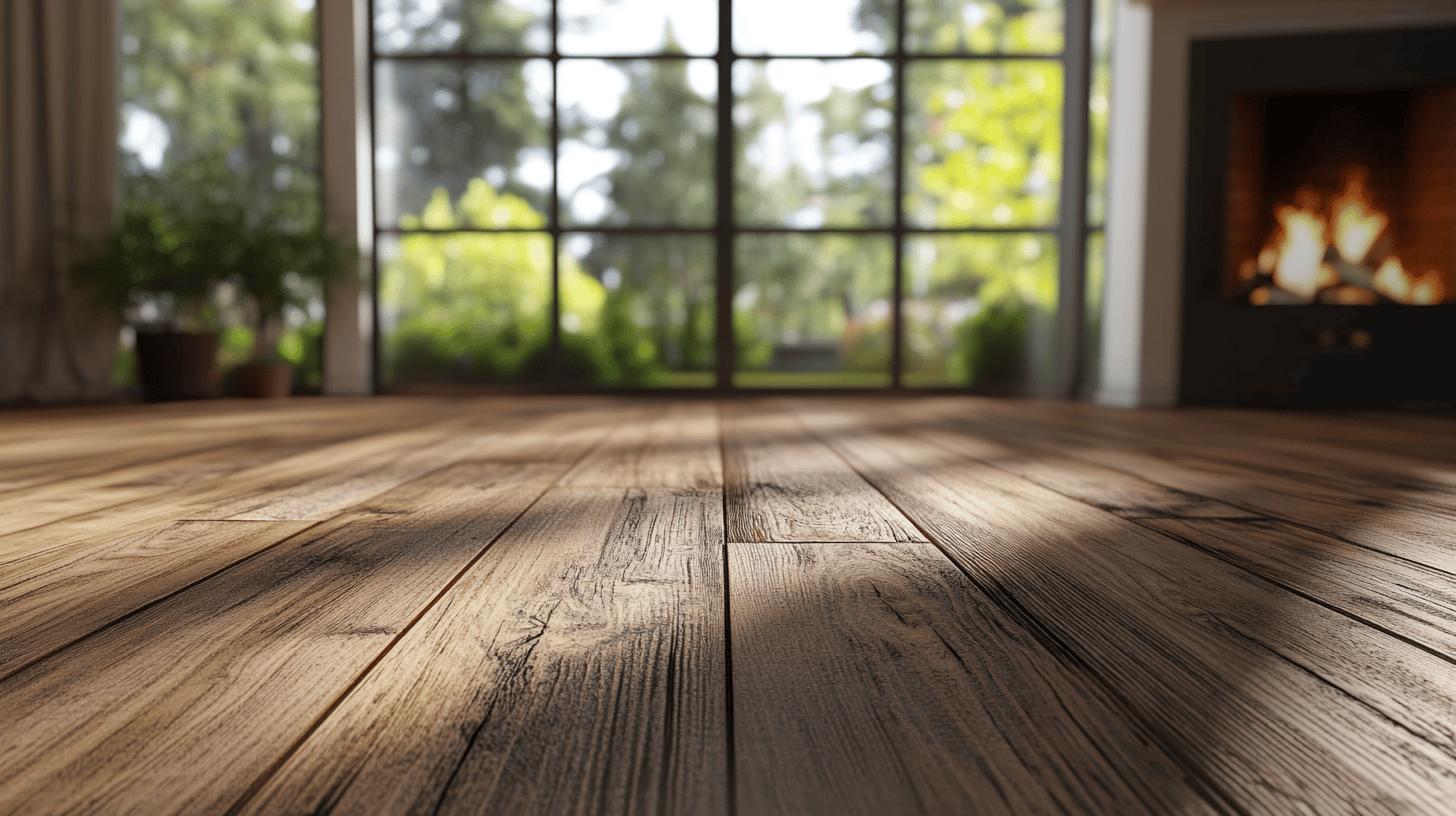
Temperature variations play a significant role in the condition of wood floors, as both direct and indirect effects can lead to structural issues. Directly, temperature extremes cause wood to expand when hot and contract when cold, potentially resulting in gaps or warping. Indirectly, temperature changes influence indoor humidity levels, with heating systems reducing humidity in winter and warmer temperatures increasing in summer. These shifts can exacerbate wood movement, affecting the floor’s durability and appearance.
Different types of wood respond uniquely to temperature variations. Hardwoods like oak and maple are generally more stable, showing less expansion and contraction in response to temperature changes. Softer woods, such as pine, may be more prone to noticeable movement. Engineered wood floors, constructed with multiple layers, tend to offer greater resistance to temperature-induced changes compared to solid wood floors, making them a preferable choice in environments with significant temperature fluctuations.
- Maintain consistent indoor temperatures to minimise wood movement.
- Use climate control systems, such as air conditioning, to regulate humidity.
- Select stable wood types or engineered wood for areas prone to temperature changes.
Preventative Measures for Seasonal Flooring Challenges
Proactive maintenance plays a critical role in safeguarding wood floors against seasonal challenges. Wood floors are inherently susceptible to environmental fluctuations, making regular upkeep essential to preserving their condition and aesthetic appeal. Implementing consistent maintenance practices helps to mitigate the adverse effects of seasonal changes, such as expansion, contraction, and warping, ensuring the longevity of your flooring investment. By addressing potential issues before they become significant problems, homeowners can effectively prevent damage and maintain the beauty of their wooden floors.
- Maintain Consistent Indoor Conditions: Ensure that temperature and humidity levels are stable throughout the year to minimise wood movement.
- Use Protective Coatings: Apply a protective finish to your wood floors every few years to create a barrier against moisture and wear.
- Regular Cleaning Practices: Keep floors clean by promptly removing dirt and debris, which can cause scratches and dull the finish.
- Immediate Spill Cleanup: Act quickly to clean up any spills to prevent moisture from penetrating and damaging the wood.
- Acclimate New Wood: Allow new wood flooring to acclimate in your home for at least 48 hours before installation to adjust to the environment.
Professional maintenance services are invaluable in addressing more complex flooring issues and ensuring optimal care. Engaging experts, such as Ryan’s Restoration, can provide specialised services, including sanding, refinishing, and repairs, tailored to the specific needs of your wood floors. Professional insight and expertise help in maintaining the structural integrity and visual appeal of your floors, extending their lifespan and preserving their value.
Adapting maintenance routines to local climates is crucial for effective floor care. Different regions experience varying seasonal patterns, necessitating tailored strategies to protect wood floors from specific environmental challenges. Understanding local climate conditions enables homeowners to adjust their maintenance practices accordingly, ensuring their wood floors remain in excellent condition regardless of seasonal changes.
Seasonal Maintenance Tips for Wood Floor Longevity
Tailored maintenance is crucial for the longevity of wood floors, as it adapts to the specific climate conditions of each season. Proper care throughout the year not only preserves their aesthetic appeal but also enhances their durability. This approach involves understanding local weather patterns and implementing maintenance strategies that address the unique challenges posed by each season.
Winter Maintenance Tips
How can you minimise the effects of heating on wood floors during winter? Using a humidifier is essential to maintain indoor humidity levels between 30% and 50%. Winter heating systems often dry out the air, causing wood floors to contract and potentially develop gaps. By using a humidifier, you can prevent excessive contraction and maintain the structural integrity of the flooring. Additionally, ensure that any heating vents are directed away from the floor to avoid uneven drying and warping.
Summer Maintenance Tips
How can high humidity be managed in summer to protect wood floors? Air conditioning is a key tool for stabilising indoor climates, effectively reducing moisture levels in the air. High humidity can cause wood to swell, leading to cupping or other forms of deformation. By keeping indoor temperatures and humidity controlled, you can mitigate these effects and preserve the floor’s condition. Regularly check for any signs of swelling and adjust air conditioning settings to maintain optimal conditions.
Spring and Autumn Maintenance Tips
What are transitional maintenance needs for spring and autumn? These seasons are ideal times for inspecting your floors for any wear or damage that may have occurred. Conduct routine inspections to identify issues such as scratches or minor gaps that could worsen if not addressed. Preparing for the next season involves ensuring that any necessary repairs or refinishing are completed, keeping the floors in prime condition year-round.
Regular inspections and adjustments based on seasonal changes are vital. They help detect potential problems early and allow for timely interventions, ensuring that wood floors remain in excellent condition throughout their lifespan.
The Impact of Seasonal Changes on Wood Floor Life
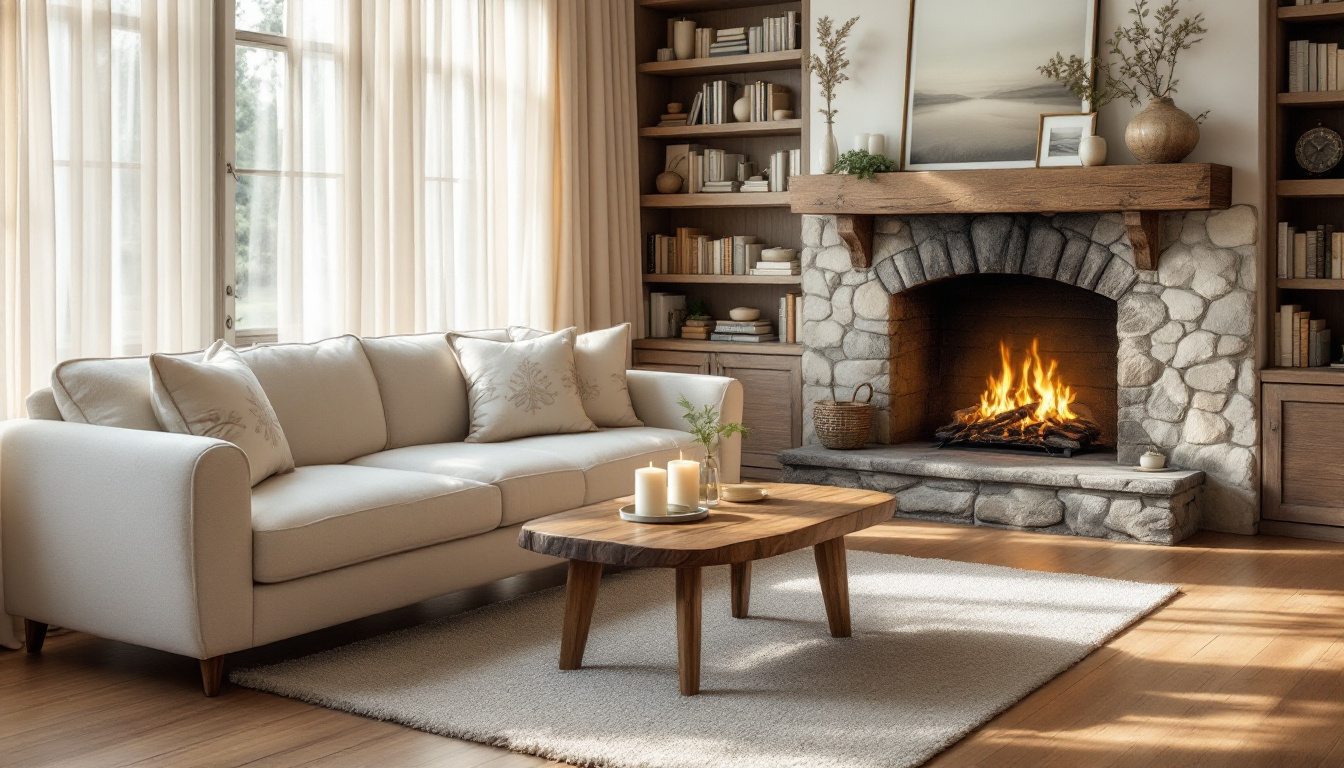
Wood floors, by nature, are affected by seasonal changes, leading to variations in their lifespan and durability. Seasonal shifts in temperature and humidity can significantly impact wood’s structural integrity. How do these changes specifically affect wood floors? The answer lies in the natural characteristics of wood, which is both hygroscopic and sensitive to temperature fluctuations.
Wood naturally expands when exposed to high humidity levels, typically experienced in the warmer months. This expansion can cause cupping, where the edges of the floorboards rise, creating a concave surface. In contrast, during colder months, the decreased humidity can lead to contraction, resulting in gaps between floorboards. The seasonal cycle of expansion and contraction can eventually weaken the wood’s structure, shortening the floor’s lifespan if not properly managed.
Temperature variations add another layer of complexity. Extreme heat can exacerbate expansion, while severe cold can lead to contraction, potentially causing warping or cracking over time. Different wood species react differently to these changes—hardwoods like oak tend to show less movement compared to softer woods like pine. Engineered wood floors, designed with multiple layers, offer better resistance to seasonal temperature changes, making them a more stable option in climates with significant fluctuations.
Understanding the impacts of seasonal changes on wood floors is essential for maintaining their lifespan. Homeowners must be proactive in managing indoor conditions, such as using humidifiers in winter and air conditioning in summer, to mitigate the adverse effects of these natural shifts. By doing so, they can preserve the beauty and durability of their wood floors throughout the year.
Final Words
Understanding the intricacies of seasonal changes is paramount to ensuring wood floor durability. Seasonal fluctuations in humidity and temperature significantly impact wooden flooring, leading to common issues like expansion, contraction, and even warping. Being proactive by managing indoor humidity levels and consistent temperature control is crucial. Adopting preventative measures, such as regular maintenance and professional inspections, can greatly mitigate seasonal impact. By recognising the effects of weather changes on wood floors, Ryan’s Restoration can maintain their condition and enhance a home’s aesthetics and value throughout the year.
FAQ
What happens to wood floors in the winter?
Wood floors tend to contract in winter due to lower humidity levels, often resulting in gaps and shrinkage between planks.
Does hardwood flooring shrink in winter?
Yes, hardwood flooring can shrink in winter as dry, cold air reduces humidity, causing the wood to lose moisture and contract.
Does the wood floor expand in summer or winter?
Wood floors typically expand in summer when higher humidity levels cause the wood to absorb moisture.
What is the environmental impact of hardwood flooring?
Hardwood flooring’s environmental impact involves resource-intensive production and deforestation concerns. However, sustainable sourcing and certification can mitigate these effects.
